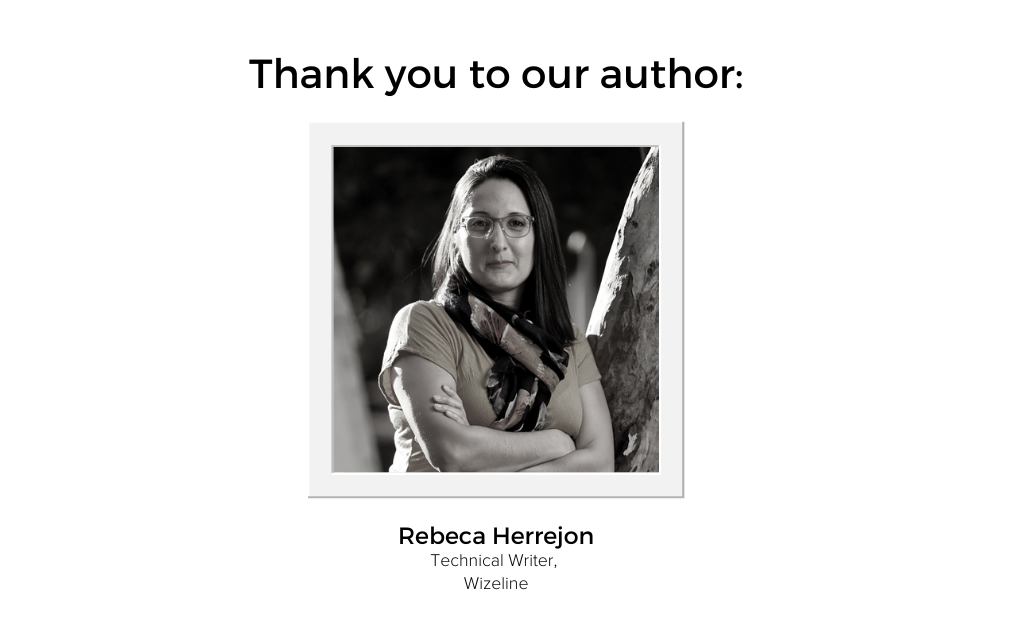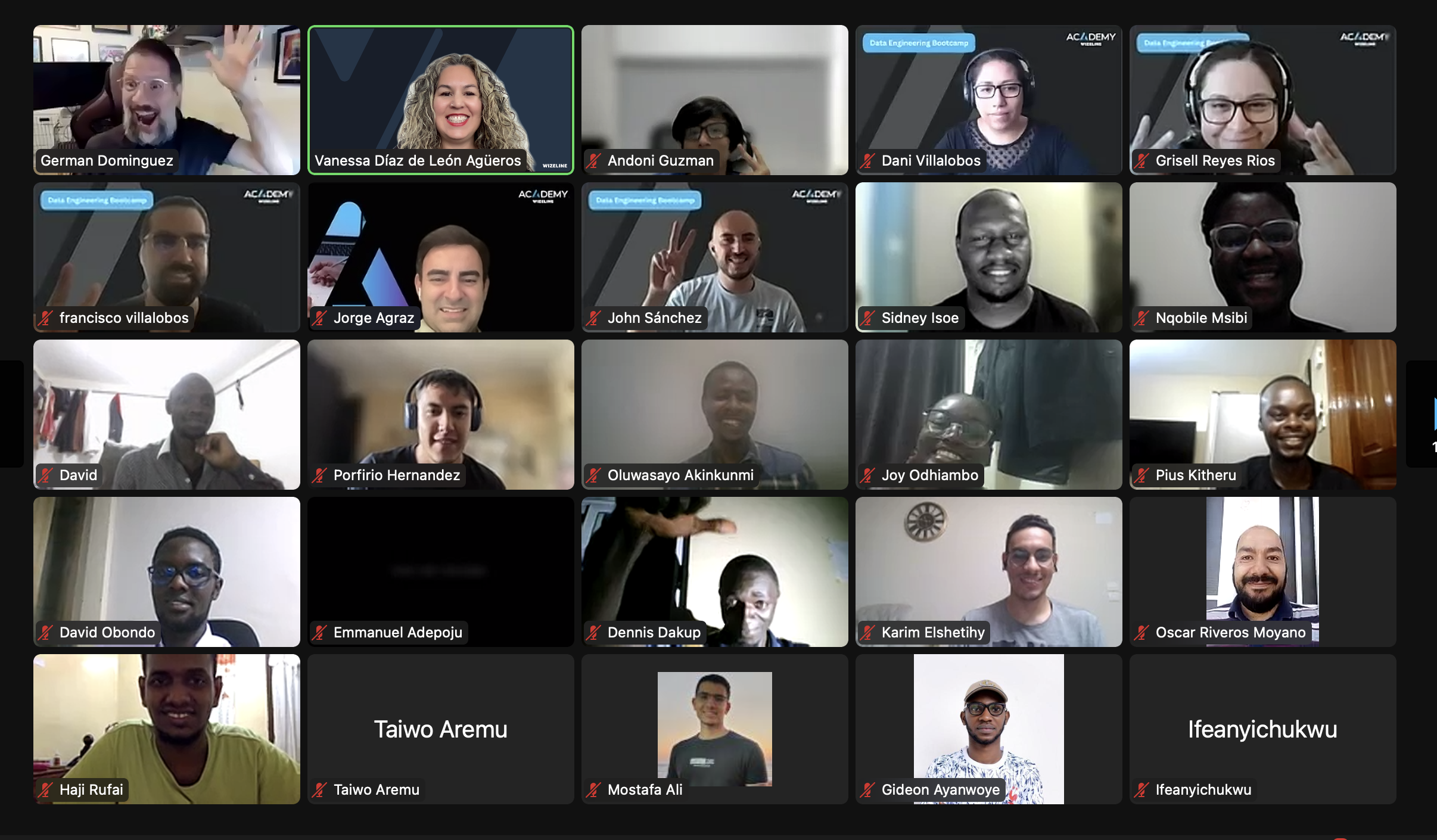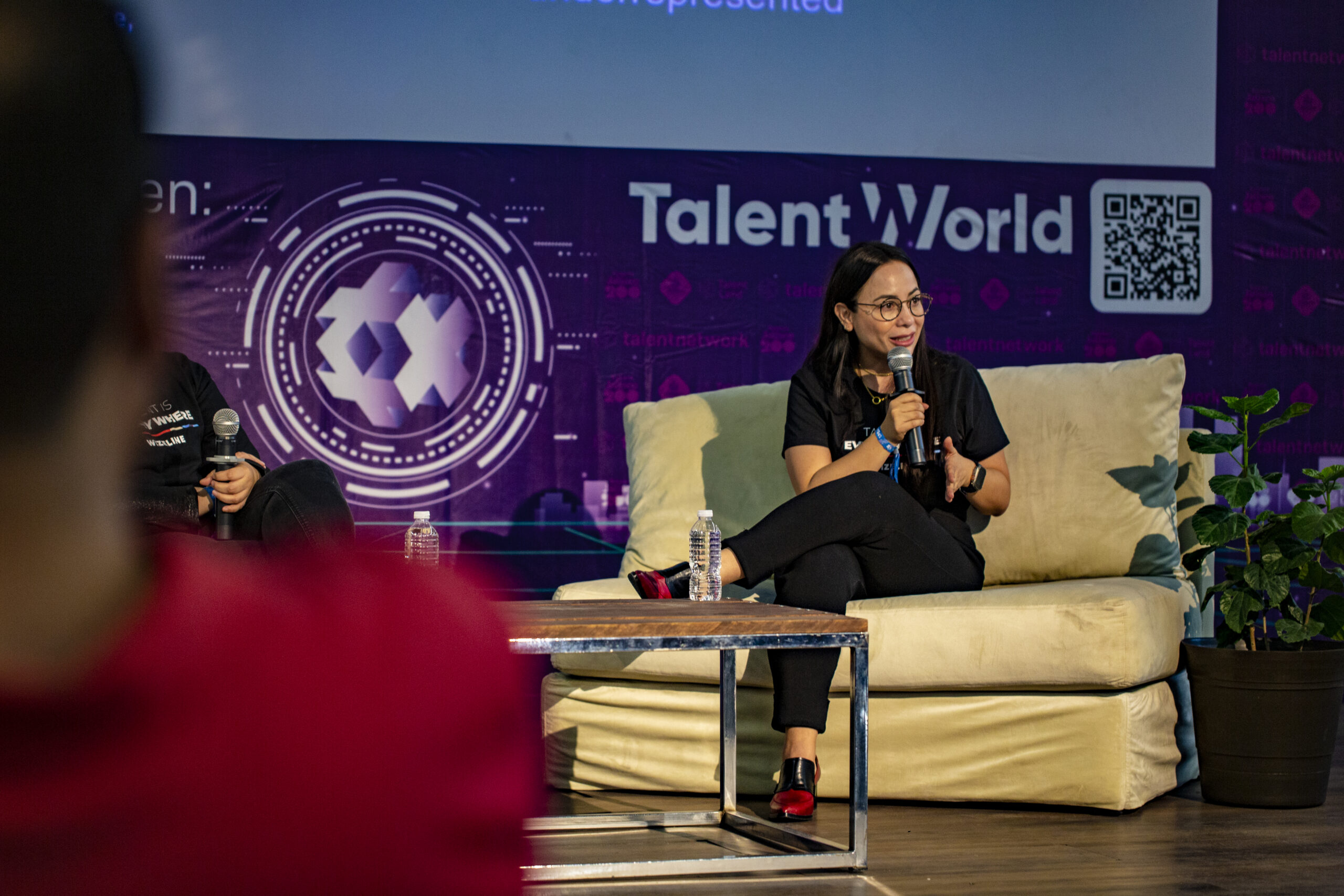The world of conversational AI is rapidly expanding, with new virtual assistants like Google’s Bard and OpenAI’s ChatGPT competing to come out on top. But what exactly are these natural language processing tools, and how do their capabilities differ?
In this article, we will walk you through the respective features of these large language models (LLMs), discuss how they contrast, and establish where they both stand in the generative AI landscape.
Large Language Models and Conversational AI
Bard and ChatGPT are both LLMs, meaning they utilize natural language processing to comprehend and generate human-like text and speech. In other words, they mimic human intelligence. They are trained on massive datasets and learn linguistic patterns to generate new content similar in style to a specific author or genre.
You can use LLMs for the following tasks:
- Code generation: LLMs can help you write code in different programming languages, like Python, Java, and C++.
- Creative and general writing: LLMs can help you create original text, such as poems, stories, and scripts for your website or social media posts. You can use them to optimize time while drafting emails or letters.
- Question answering: LLMs can answer questions, even if the questions are open-ended, challenging, or strange.
- Summarization: LLMs can summarize long texts, such as scientific papers, by extracting the main points and presenting them in a more concise and digestible manner.
- Translation: LLMs can translate text from one language to another.
Meanwhile, conversational AI is also on the AI spectrum, with a focus on creating programs that can engage in human-like conversations.
ChatGPT vs. Bard
Both ChatGPT and Bard are LLMs developed for human interaction via text, audio, and, most recently, images. What sets them apart stems primarily from their unique training data, which shapes their strengths and limitations. In this section, we explore their main differences.
Training Datasets: Knowledge and Accuracy
As we pointed out above, the success of an LLM is largely determined by the quality of its training data. As compared to ChatGPT, Bard likely has the more comprehensive training. It was trained on real-world data including books, articles, and texts up to 2023, thereby providing up-to-date factual knowledge. Bard can also provide accurate, neutral responses, as it can use Google Search to surf the web and obtain answers to given prompts.
In contrast, ChatGPT was trained on various internet texts through 2021. This can sometimes lead to inaccuracies, with the model generating incorrect, outdated, or nonsensical text. Yet overall, it still comes out on top in terms of accuracy across GenAI tools, providing a baseline for several services through the API.Last June, OpenAI announced that subscribers to ChatGPT Plus could use the Browse feature, which allows ChatGPT to search Bing for answers to questions. Yet, ChatGPT API — where the custom solutions are built — does not have that web surfing feature.
Remember that both AI assistants need human supervision to guarantee they are not making up data or information. They can help boost productivity; however, they are not a silver bullet that will replace humans.
Customization with APIs
Developers can access LLMs via their APIs for customization. As of July 2023, Bard does not have a public API to connect with custom AI solutions. Yet, Google offers early access to their LLM products for enterprises through the Vertex AI LLM Trusted Testers Program, and for independent developers who register for their MakerSuite and PalmAPI waitlist.There’s where ChatGPT takes the lead. In March 2023, OpenAI released their OpenAI API that enables developers to build solutions using all the features of the GPT-3.5-Turbo Model.
At Wizeline, we’ve leveraged OpenAI in several projects, including building POCs to create curated content for an online memorial provider and an in-house app to create professional profiles for our Wizeliners.
Tokenization Limits
LLMs are computer programs that must transform text into tokens, splitting the input and output text into smaller units. This process is known as tokenization. The ChatGPT-3.5-Turbo Model API supports a maximum of 4,096 tokens shared between the prompt — including system message, examples, message history, and user query — and the model’s response. One token amounts to roughly four characters of typical English text.
Bard’s maximum token length is not publicly available. If you ask the tool, the answer is 512 tokens, which is much less than the limit for ChatGPT.
Coding
When handling tons of code for a project, it’s natural to need a hand. Both Bard and ChatGPT offer assistance with over 20 programming languages. Yet, their input may need human supervision or fine-tuning to deliver the desired results.Something important to remember is that you should never provide proprietary information if you use either of these tools to boost your productivity while developing code.
Availability and Accessibility
Bard is currently available in more than 40 languages and over 230 countries and territories. To access Bard, you need to have a personal Google account or a Google Workspace account and to be 18 years or older, according to the tool’s policies. A distinct advantage offered by Bard is that it can read results aloud, thus enabling users with visual impairments to take advantage of the tool.
On the other hand, ChatGPT is available in over 190 countries and supports more than 40 languages. With a free account, you depend on server availability to use its chat services. Otherwise, you need to pay a $20 monthly fee, which gives you access to 50 requests per day and to the most recent model, GPT-4, which tends to generate more accurate results.
Active Users
Bard, which hit the market in March 2023 for select users and in May 2023 for the broader audience, has 30 million monthly active users, according to the most recent data.According to Reuters, ChatGPT reached 100 million users in January 2023, and this number continues to grow.
Image Recognition
Bard recently incorporated Google Lens into its tools. With this feature, users can upload images and obtain more information about them.ChatGPT does not currently offer this feature. For ChatGPT Plus subscribers, there are plugins that can take images and produce a desired output. Yet, these plugins are developed by a third party and are not part of the OpenAI solution itself.
The AI Assistant Winner Is…
Ultimately, the winning AI assistant is whichever one best fits your project or your company’s needs. Both Bard and ChatGPT bring their unique strengths.Although Bard’s more extensive training suggests superiority in accuracy and neutrality compared to some inconsistencies with ChatGPT, certain projects may be better accomplished through the use of ChatGPT. Remember, these tools are here to help simplify certain tasks and boost productivity, freeing up time for more complex tasks. LLMs are not yet a self-sufficient solution, and leveraging advantages from them still requires human creativity and supervision.
Comparison Table
In the following table, we present a feature comparison summarizing Bard and ChatGPT’s respective capabilities.
Unleash AI Capabilities with Wizeline
At Wizeline, we use the latest AI-powered tools to help companies build and grow their solutions and processes, in turn staying at the forefront of the AI race in their particular industry. Learn more about how we can help your business realize higher productivity and other desirable outcomes with help from AI chatbots and other cutting-edge technologies.







